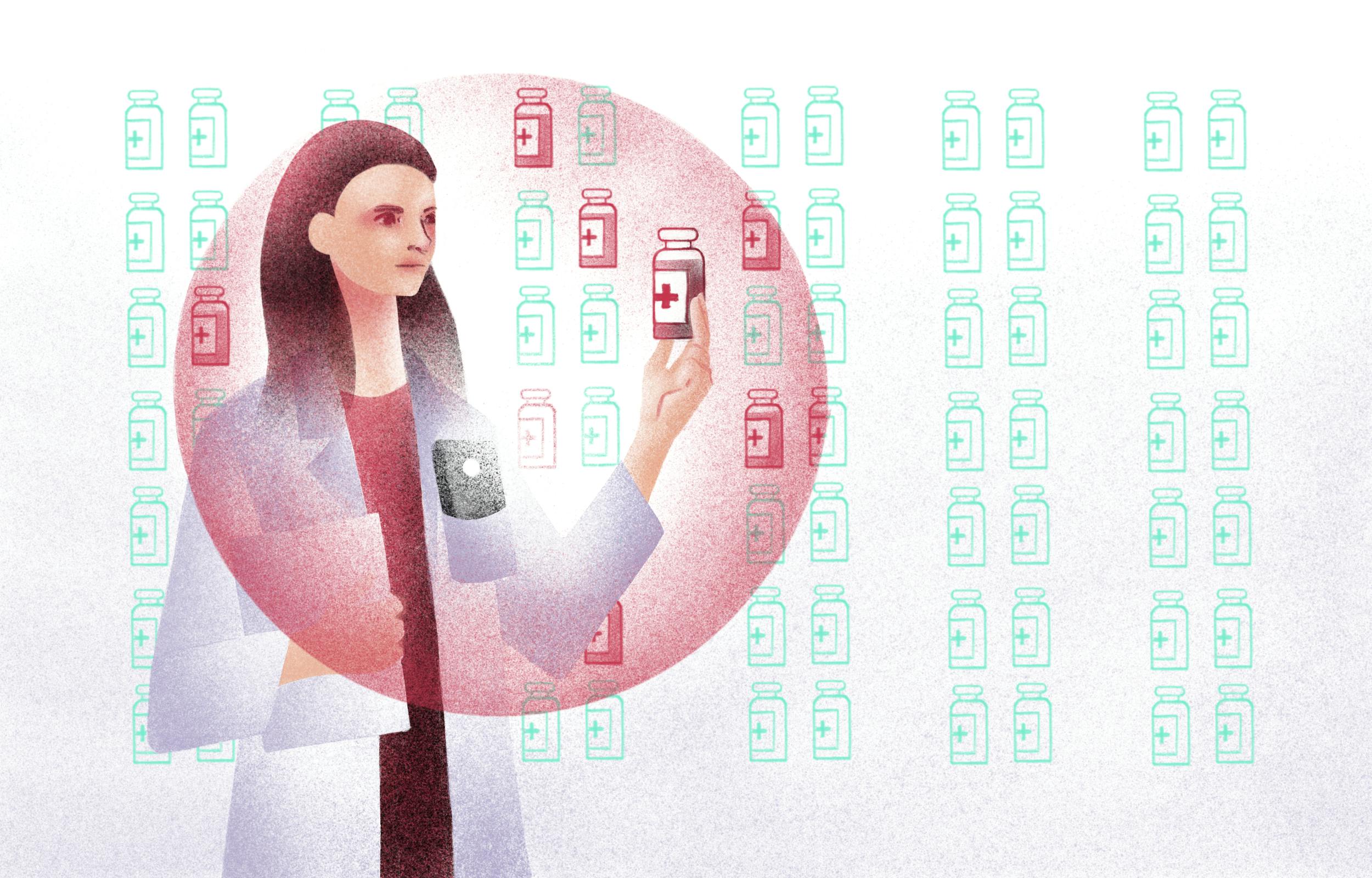The Hollywood approach to clinical error prevention
One of the most frustrating pitfalls in modern clinical practice are preventable errors.
No matter how well we train clinicians, how diligently we design workflows, and how thoughtfully we deploy technologies, errors still happen. Unfortunately, in medicine, that means patients can get hurt—when they really don’t need to.
So how do we catch and prevent clinical errors?
Some researchers are trying a new approach: putting cameras on clinicians.

Lights, camera, medication: A research team from the University of Washington has published the results of a study examining how wearable camera footage paired with AI can help catch clinical errors related to medication delivery.
- If you’re imagining a provider wearing a GoPro or a law enforcement-style bodycam, you’re about halfway there. In fact, GoPros were exactly the wearable cameras the research team opted for.
- The rest of the medication delivery auditing system relied on a deep learning model analyzing the video feed.
- The model had to be sophisticated enough to distinguish between both vials and syringes and to deliver an error warning before an incorrect medication is administered.
The perils of medication delivery errors: Overall, errors are estimated to occur in 5–10% of all medication deliveries—which includes prescription drugs dispensed to patients.
- However, medication delivery accuracy has its highest stakes when it comes to injectable drugs in a hospital settings. Adverse events associated with injectable drugs are estimated to affect 1.2 million patients annually. This is not just making sure the right patient picks up the right pharmacy prescription.
- Drug delivery errors are some of the most common serious medical errors in anesthesia and intensive care, but this type of error occurs across a diverse array of clinical settings—from pediatrics to radiology.
- The most common injectable drug delivery errors:
- Vial swap errors: When the clinician grabs the wrong vial or the syringe is mislabeled. This accounts for about 20% of errors.
- Syringe swap errors: When drug is labeled correctly, but administered in error.
Keeping patients safe: Any clinicians reading this will be quick to jump in and remind us that there are already safety measures in place to prevent this kind of error.
- For instance, drug administration checklists often involve a barcode system which identifies a vial’s contents. Other techniques include color coding, pre-filled syringes, and additional observers.
- However, extra steps might fall by the wayside during a high-stress situation. Failsafes that depend on human attention are fallible.
Check the CCTV: So, what can a physician-mounted GoPro check for that these other safety measures aren’t covering?
- The difference lies in an algorithm’s knack for pattern recognition exceeding a human’s—especially a human whose attention is already being pulled in twenty different directions.
- The deep learning model trained on 418 drug draws by 13 anesthesiologists in various settings works by scanning for visual cues such as size, shape, cap color, and label print size when identifying correct vials and syringes on the video feed.
Smarter surveillance in medtech: This technology, while in its early stages, fits in with a trend toward a new class of wearable product: one which acts as an extra set of eyes. A GoPro paired with a deep learning model isn’t quite a pair of emotion-reading smart glasses or calorie-counting video algorithm, but it has a similar idea. As the possibilities of machine learning continue to grow, so will our ability to wield great precision in our lives, in our health, and in our work as health professionals.